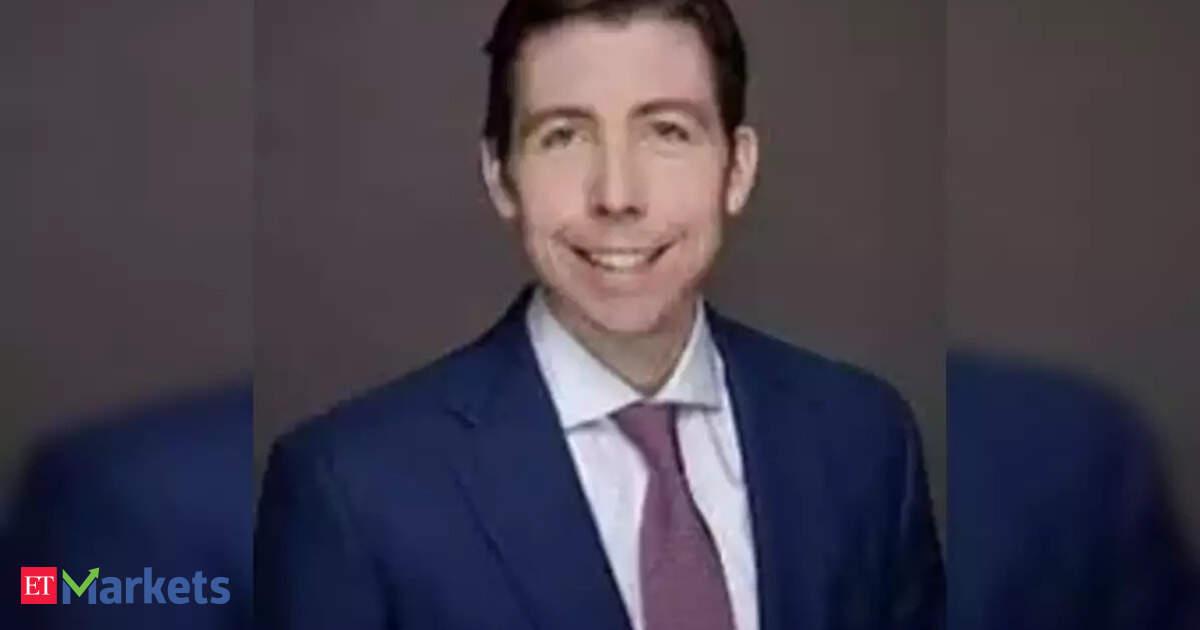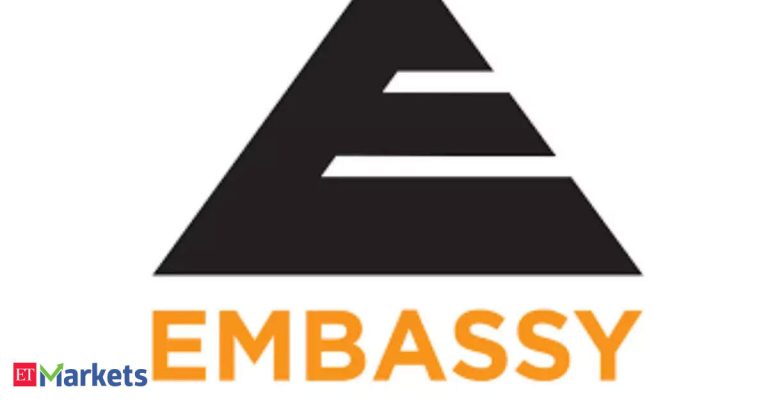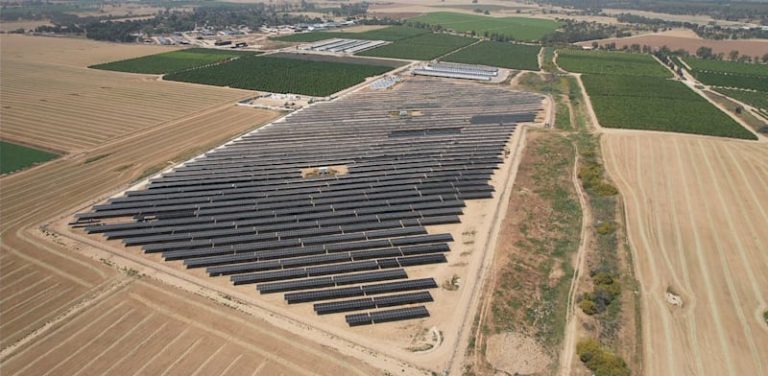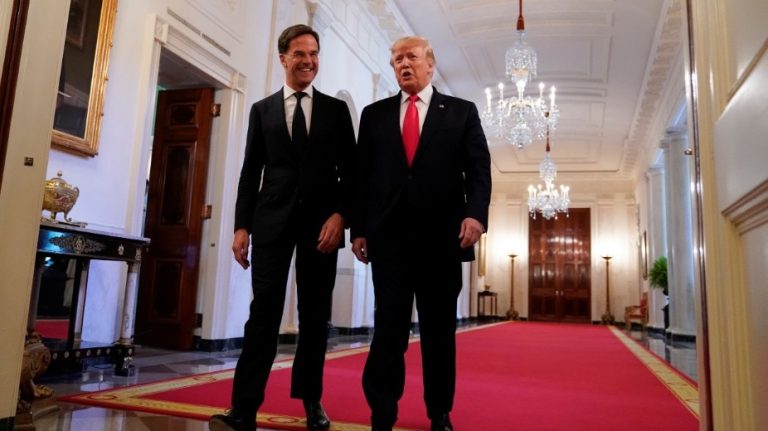Help us understand what is it that you are making of the CPI print and do you think finally that will be a trigger for the Fed to move down on rates.
Matt Orton: I do not know if this gives the Fed the reason to start to lower rates immediately, but it should be encouraging for investors. Rates in the US can lower. It has always been my expectation that the Fed would start to cut rates once we get into the fall into September and beyond. And what we are seeing is that we are at least the tariffs that have been imposed so far in the US have not been as inflationary as a number of economists have expected.
Companies have been able to manage those costs. And if we do end up getting deals, which it seems like President Trump is really pushing to start accelerating the level of deals that are struck, that should be constructive for the inflationary outlook going forward. So, you have got a decent macro backdrop in the US. We are seeing consumers healthy based on the results we are getting from banks so far and inflation is starting to come down. Granted, all those tariff impacts are not part of that, but it is still much better than we thought it was going to be.
Just want to get your sense on the tariff announcement that we have seen on Indonesia by US last evening. The 19% tariff imposition is what they have announced and they are also saying that India’s tariff announcement could be on similar lines. What do you think the trade deal finally between US and India could look like because on the Indonesian front, US has absolutely full access to the Indonesian markets. On the flip side, Indonesia will be paying a 19% tariff. Do you think something like that could even be remotely possible for India?
Matt Orton: Yes, India is going to be very specific to sectors most likely. The US probably would like to see energy similar to Indonesia, commitments to energy purchases from the US, that is something that is doable. I also think seeing commitments with respect to defence cooperation that could be something that ends up as part of these deals. But also, with respect to at least openness of a market. It does not mean that the US has to be competitive in the Indian market but at least having the attempt of US company to be able to compete in the automotive space. Tesla launching the Teslas in India. that is a positive step forward that should also give Trump confidence that India is serious about these deals.
I do not think they are going to be that competitive in the Indian market, but at least they can be on a similar level playing field and we will see a trade deal that has the spirit of that behind it and that would be very encouraging for the market because that will at least get rid of one of the uncertainty that is out there and then we as investors can really just focus on the fundamentals more at the micro level knowing that the macro backdrop is going to be a little bit more stable going forward at least with respect to potential disruptions at the government level.
There still seems uncertainty on the pharma tariffs. Many believe that they could happen by the month end as per what Trump also has indicated and that is going to have a lot of bearing on India Inc as well. Wanted to understand what is the chatter that you are picking up on whether or not pharma tariffs are coming.
Matt Orton: Yes, pharma tariffs are definitely going to come. Trump has been serious about this. He has talked about it and kind of accelerated his rhetoric towards pharmaceutical tariffs. It is going to be a negative event for the larger pharma companies in the US your Merck, your Pfizer, companies like that. Healthcare has been an area that has been more challenging across the world to invest in. I would say the companies around the world that are most at risk due to the pharmaceutical tariffs are likely going to be the major pharmas in the US and in Europe, that is going to be the concentration of where there can be challenges to the earnings growth setup going forward.
India plays an important role in tariff development. It will be interesting to see if there is anything related to pharmaceuticals in any sort of tariff agreement, trade deal that is struck between India and the US.
But at the end of the day, India plays an important role. You cannot just go cold turkey immediately. There is going to be have some sort of draw down period and that will give cover to some of the Indian pharmaceutical companies that do play a really critical role in the supply chain for pharmaceuticals overall.








